Death Valley National Park, located in Eastern California, is renowned for its extreme desert landscapes, unique geological formations, and record-breaking temperatures.
As the hottest, driest, and lowest national park in the U.S., it offers a rugged yet stunning environment perfect for adventurers and nature enthusiasts.
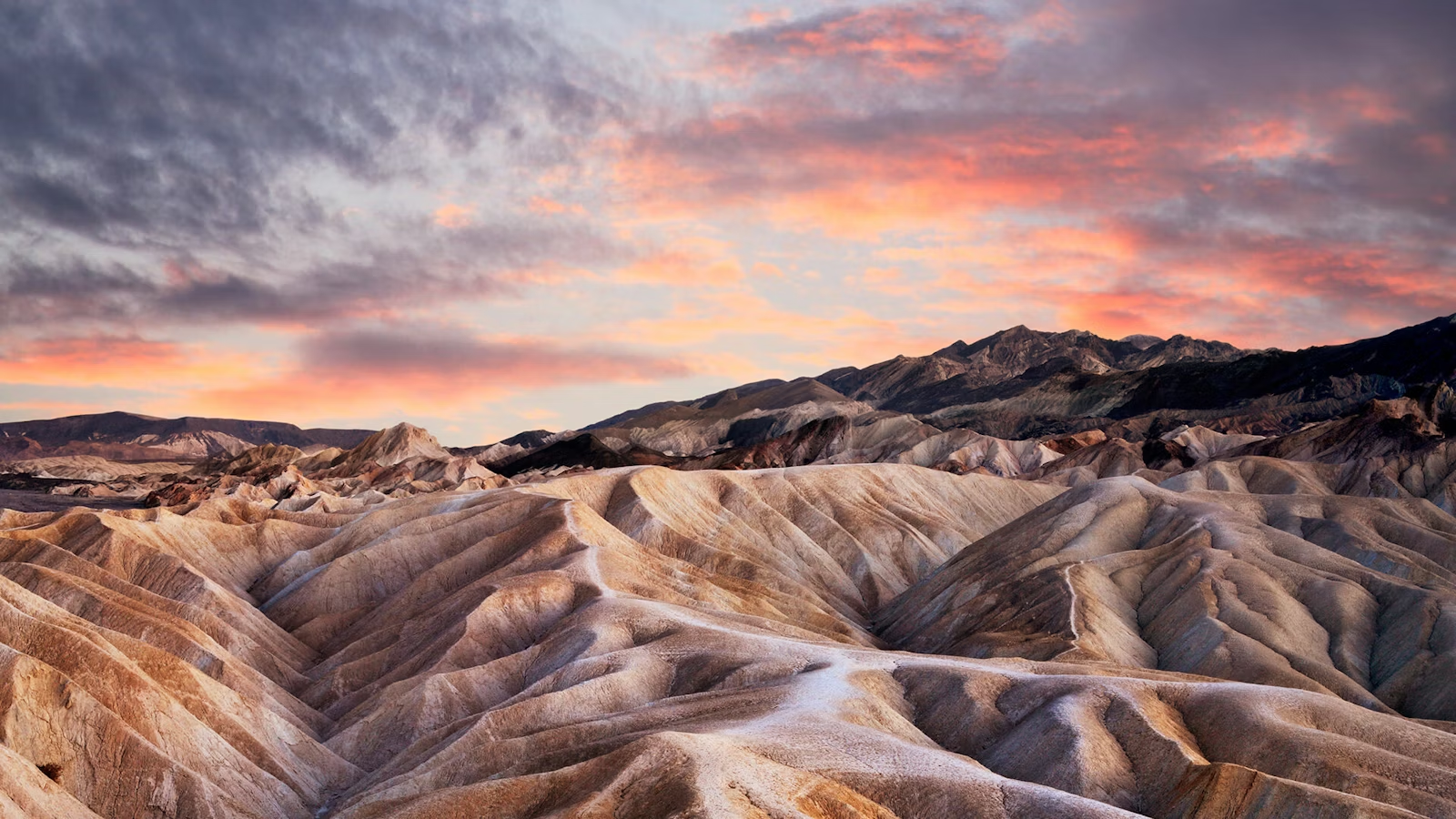








Death Valley National Park Travel Guide
Best Time to Visit
- Fall and Winter (October to March) are the best times to visit, with daytime temperatures ranging between 60°F to 80°F, making it comfortable for outdoor exploration.
- Spring (March to May) brings wildflower blooms, especially after a wet winter.
- Summer (June to September) is scorching, with temperatures often exceeding 120°F. If visiting in summer, plan early morning or evening activities to avoid the intense heat.
Top Attractions
- Badwater Basin: At 282 feet below sea level, this salt flat is the lowest point in North America. Its vast, shimmering white landscape is otherworldly and a must-see in the park.
- Dante’s View: Offering a panoramic view of Death Valley and the surrounding mountain ranges, Dante’s View is located at 5,475 feet. It’s an ideal spot for sunset or stargazing.
- Zabriskie Point: Famous for its golden badlands, Zabriskie Point is a fantastic viewpoint, especially at sunrise or sunset. The undulating, eroded hills create a surreal landscape that changes color as the light shifts.
- Mesquite Flat Sand Dunes: These rolling sand dunes are perfect for photographers and hikers alike. For a unique experience, visit during early morning or late evening when the light creates dramatic shadows.
- Artist’s Palette: A scenic drive along Artist’s Drive reveals multicolored rock formations created by mineral deposits. The short hike around the area is worth exploring to witness the full spectrum of colors.
- Furnace Creek Visitor Center: This is an excellent first stop to gather maps, learn about the park’s geology, and check for any road or weather updates. There’s also a small museum and gift shop.
- Ubehebe Crater: This 600-foot deep volcanic crater offers a striking view. Visitors can hike around the rim or descend into the crater for a more challenging trek.
Outdoor Activities
Hiking
Death Valley has a variety of trails, from short, easy walks to more strenuous hikes:
- Golden Canyon to Red Cathedral (3 miles round trip): A moderate hike through narrow canyons leading to towering red cliffs.
- Telescope Peak (14 miles round trip): For experienced hikers, this trail offers breathtaking views from the highest peak in the park.
Stargazing
As an International Dark Sky Park, Death Valley offers unparalleled opportunities for stargazing. Areas like Mesquite Flat Sand Dunes and Dante’s View are prime spots to observe the Milky Way and constellations.
Photography
The dramatic landscapes make Death Valley a photographer’s paradise. Sunrise and sunset at locations like Zabriskie Point and Badwater Basin provide the best lighting conditions.
Where to Stay
Furnace Creek
- The Oasis at Death Valley: A luxurious resort with an outdoor pool and fine dining, perfect for those looking for comfort in the desert.
- Furnace Creek Campground: A popular camping spot with amenities like restrooms, water, and picnic tables.
Stovepipe Wells
A more budget-friendly option, with a hotel, general store, and campground nearby. It offers easy access to Mesquite Flat Sand Dunes.
Where to Eat
- The Inn at Death Valley Dining Room: Fine dining in Furnace Creek, offering a mix of American and international cuisine.
- Timbisha Shoshone Village: A small café offering local Native American-inspired dishes.
Essential Tips
- Water: Always carry plenty of water; the arid conditions can lead to dehydration quickly.
- Sun Protection: Wear a wide-brimmed hat, sunglasses, and sunscreen to protect against the intense sun.
- Fuel: Gas stations are limited in the park, so fill up before you enter.
- Cell Service: Reception is limited, so plan accordingly.
- Emergency: The extreme conditions can be dangerous; inform someone of your itinerary and always travel with a well-maintained vehicle.
Conclusion
Death Valley National Park is a place of dramatic contrasts, from salt flats to sand dunes and towering peaks. Whether you’re interested in photography, hiking, or simply experiencing the surreal beauty of the desert, this park promises an unforgettable adventure.

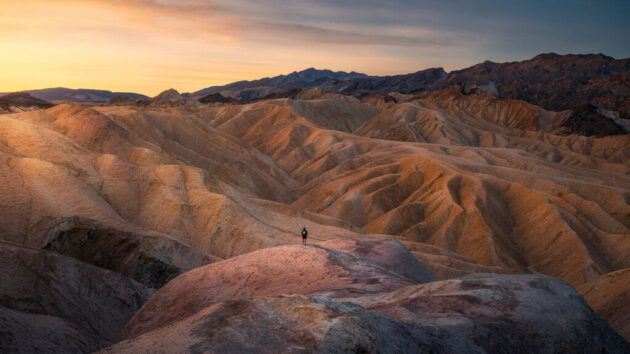









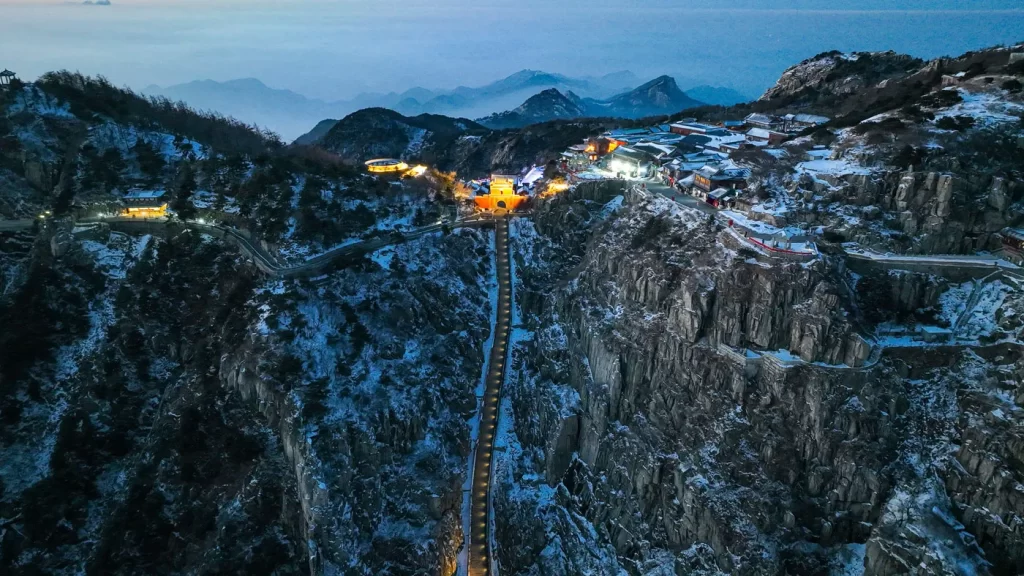
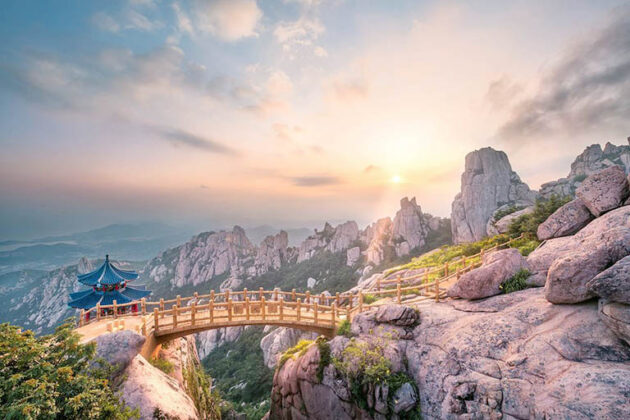
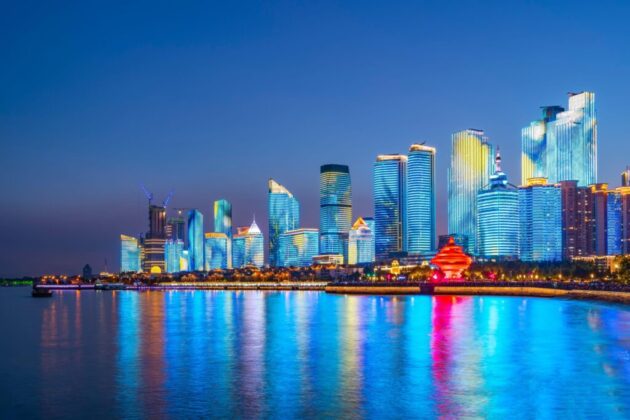
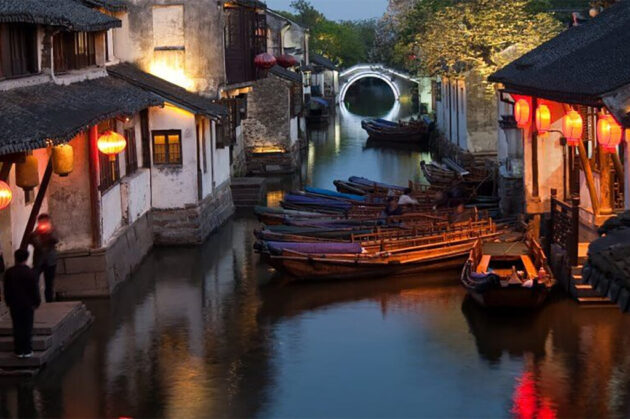
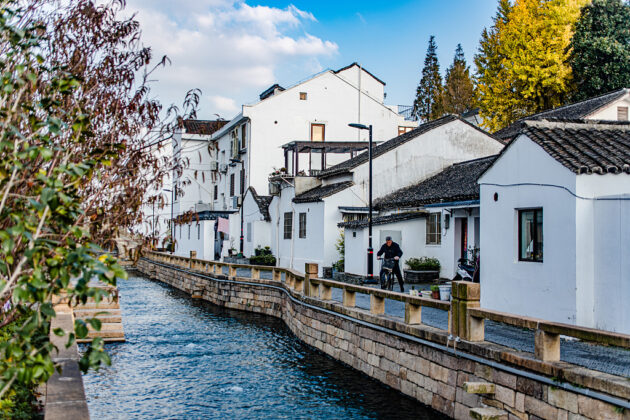
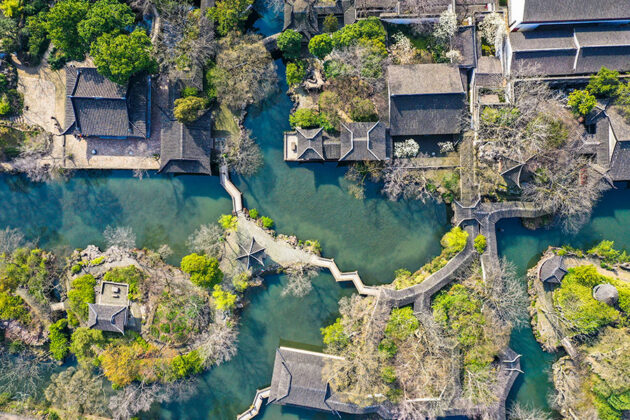
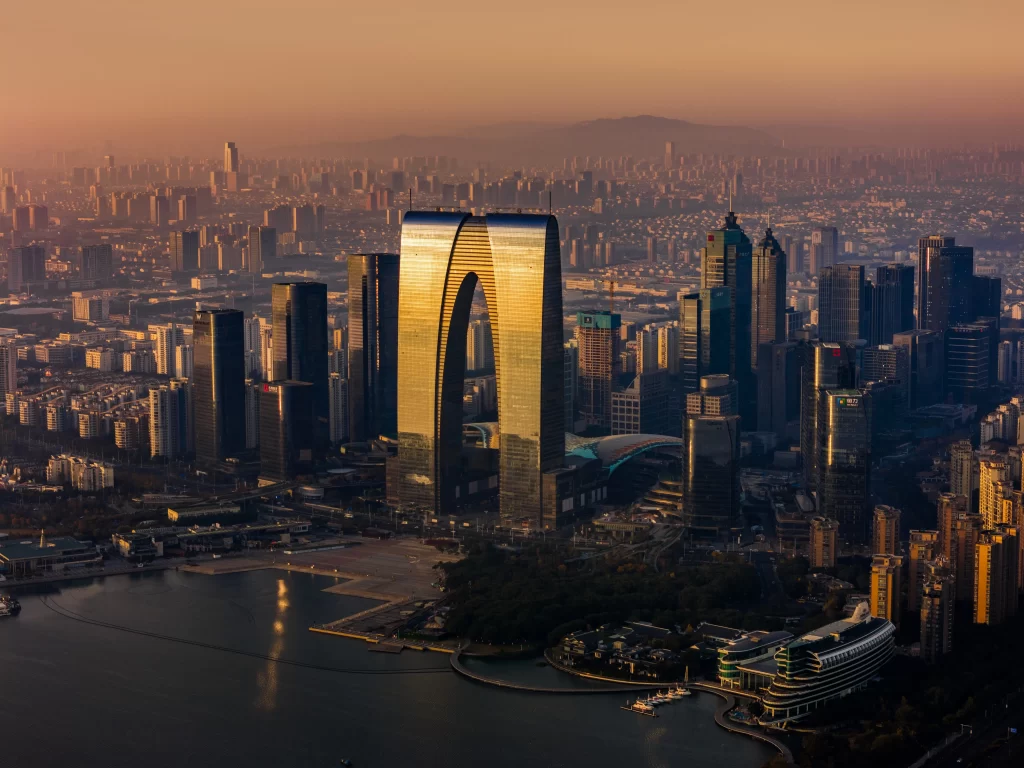
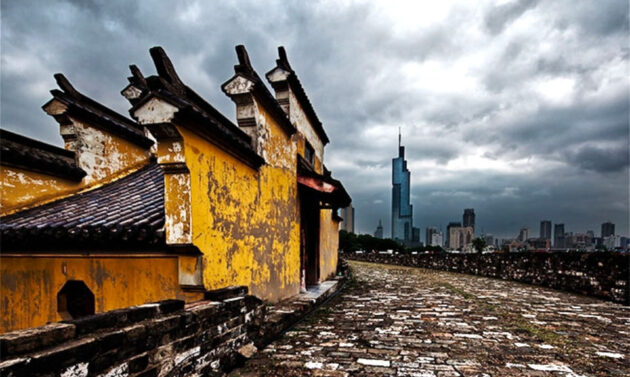
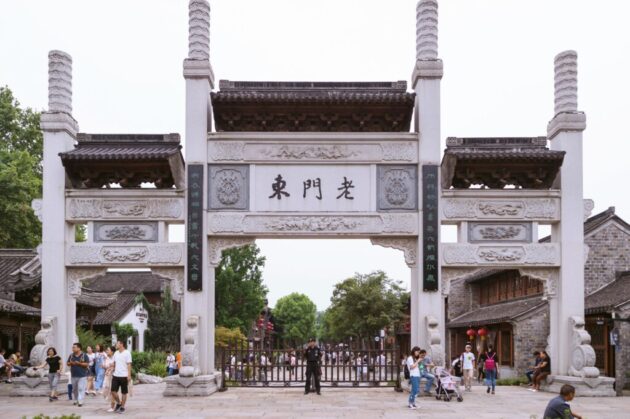
Leave a Reply